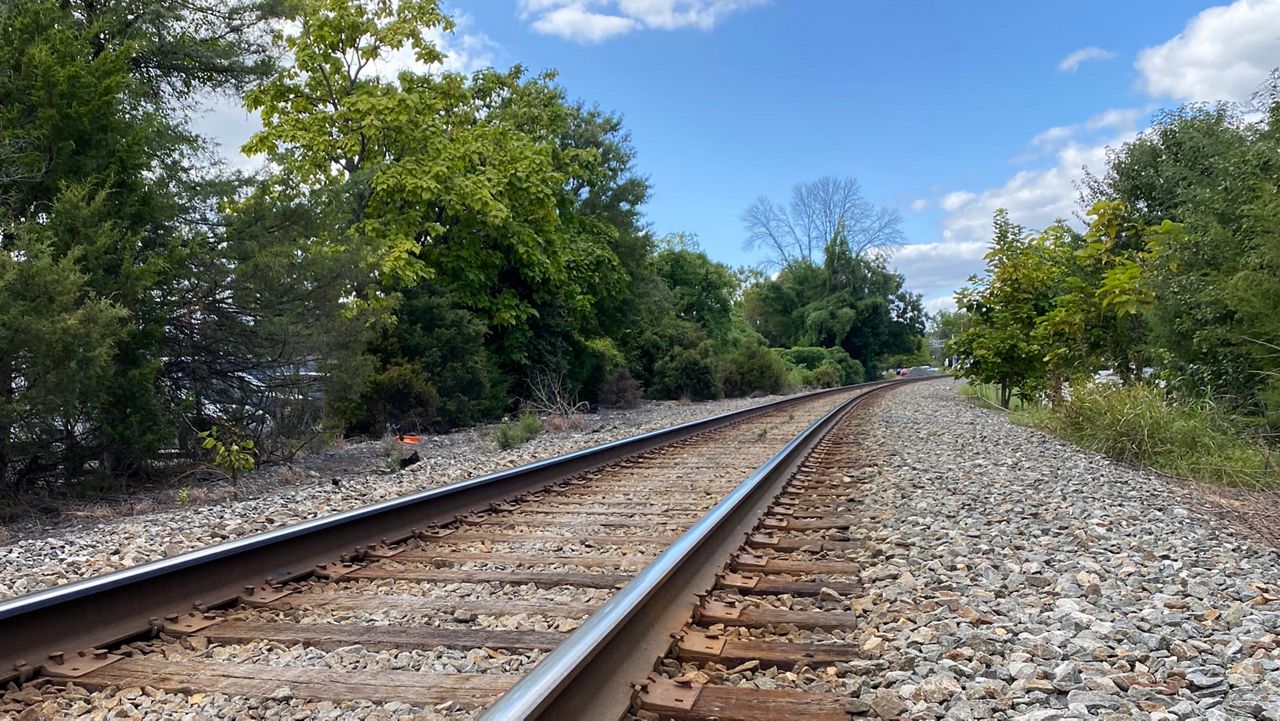The plans for a high-speed rail connecting Raleigh with Richmond, Virginia, got a boost Friday with $47 million to secure a corridor from North Carolina’s capital city to the border.
The “S-Line,” as the Raleigh to Richmond line is called, is part of a broader vision to connect rail service from the northeast to the South with high-speed rail running through the region to Miami.
Construction on the new line is still years out, but the new funding secured the corridor from Raleigh to Ridgeway, North Carolina, near the Virginia border.
“Developing intercity passenger rail service along the 'S-Line' corridor will improve mobility, bolster safety, and reduce highway congestion between Raleigh and Richmond," North Carolina Rep. David Price said in a statement.
"Today’s $47.5 million federal grant to NCDOT for right-of-way acquisition is a critical step forward in this process,” he said.
Price and Rep. G.K. Butterfield, along with Senators Richard Burr and Thom Tillis, announced the new funding Friday.
“Preserving our rail systems is crucial to future tourism and economic growth, and this funding will help ensure the S-Line in Eastern North Carolina is secure for generations to come,” Tillis said in the statement.
Amtrak’s Carolinian line, which runs from New York to Charlotte, has been “the best performing line during the pandemic,” according to Jason Orthner, rail division director with the North Carolina Department of Transportation. That’s based on the percentage of ridership compared to before the pandemic and bookings on the train.
The new 162-mile long corridor for the high-speed rail project will run along a similar route.
Amtrak trains in North Carolina can go as fast as 80 mph on the current tracks. The new line will be able to go up to 110 mph or faster, Orthner said in an interview with Spectrum News 1.
Virginia already has the property for their stretch of the line from Richmond down to the North Carolina border, he said.
The high-speed rail route from Washington D.C. to Charlotte has been in the works since the corridor was selected in 2002, according to the U.S. Department of Transportation.
Another section of the high-speed rail corridor, this one between Atlanta and Charlotte, is also in the works, but not as far along as the Raleigh to Richmond line.
“We see a corridor like this as seeing new ways for communities to connect to each other,” Orthner said.
He said a new train line can bring economic development, pointing to the building boom around the new train station in Raleigh, which was completed in 2018. A new station is also in the works for Charlotte.



